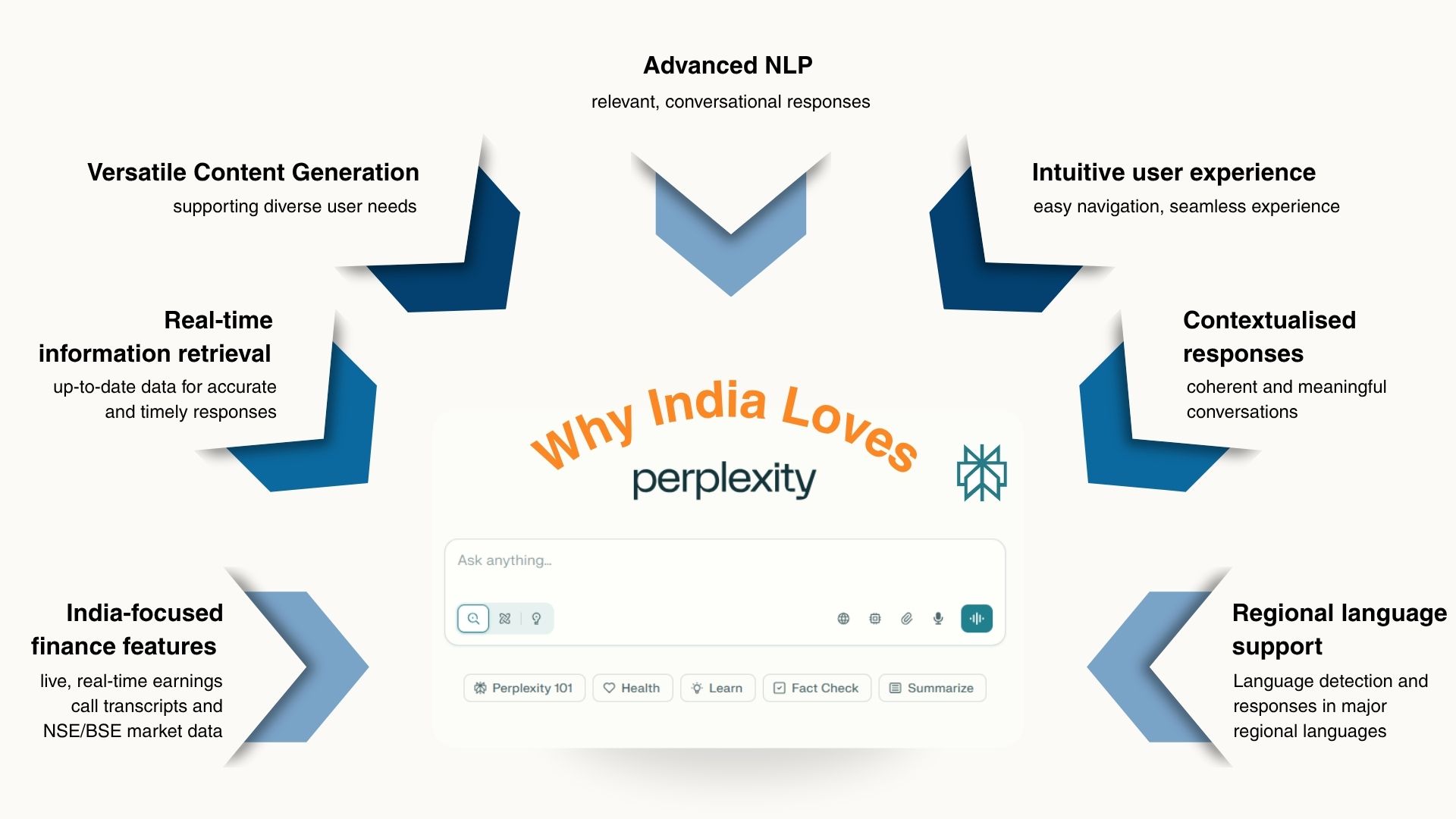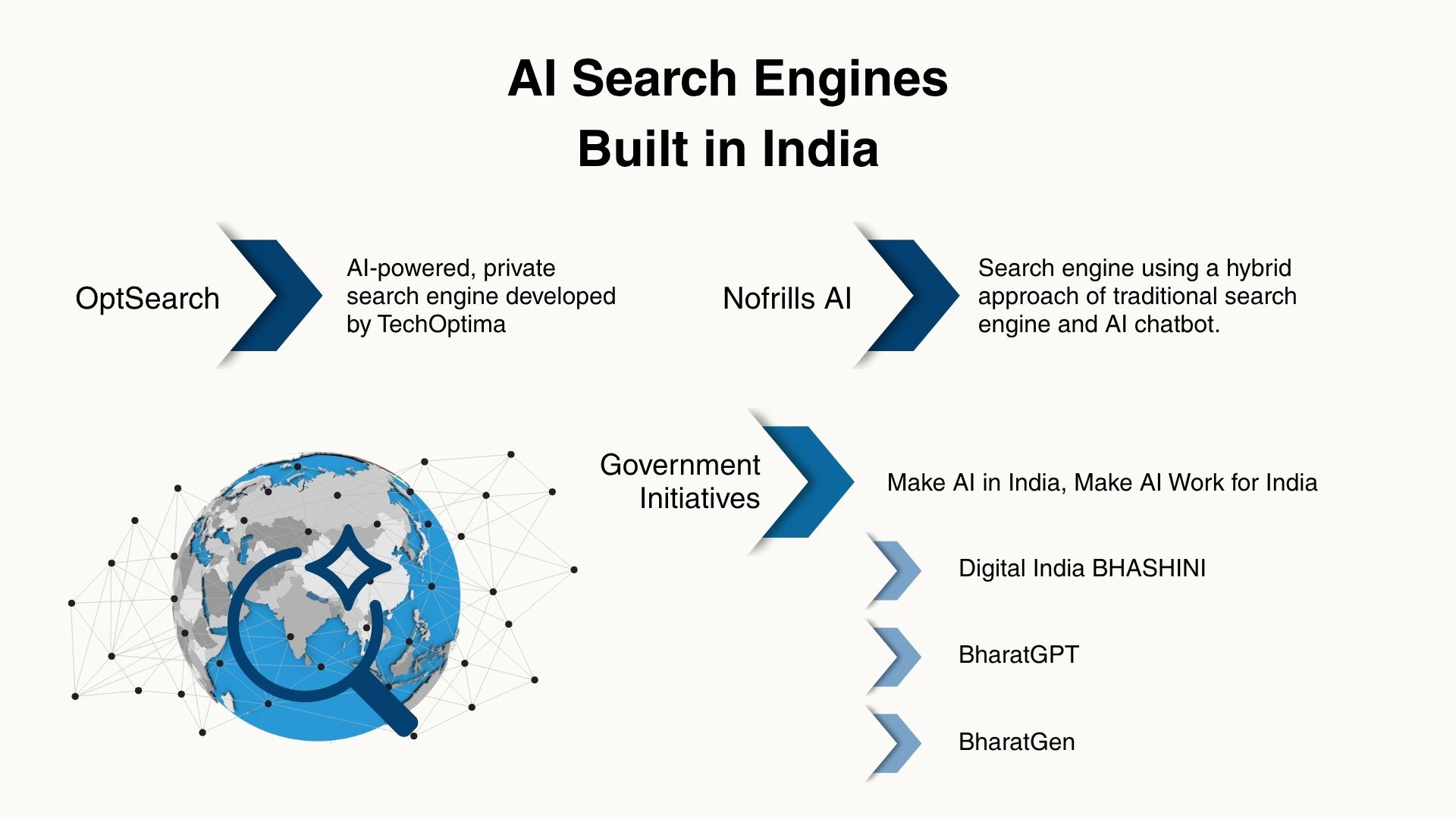For over two decades, the act of typing a query into a rectangular box and receiving a list of blue links, the quintessential “Googling”, has defined digital search for hundreds of millions of Indians. This method, which was the global search, due to its ubiquity and simplicity, has now achieved the status of the “traditional” search experience in the digital ecosystem. The great poet, Alfred Lord Tennyson, once explained change as being a constant in our lives as “The old order changeth, yielding place to new.” Well, search engines are certainly seeing the old order change and not just in India.
However, India’s unique internet growth story, driven by affordable smartphones and cheap data, is rapidly redefining the new normal for “search.” As the internet penetrates deeper into Tier 2 and Tier 3 cities, reaching the “Next Billion Users,” a critical shift is underway. For this demographic, often less fluent in English and unfamiliar with typing on complex keyboards, the legacy “blue link” paradigm is giving way to a more intuitive, conversational future powered by artificial intelligence (AI).
Brands that adapt their online presence quickly to this emerging reality will position themselves for better discoverability over their peers.
Source: LocalCircles
The Rise of AI-Driven Search Tools and the Vernacular Imperative
Generative AI has taken the world by storm. It has spurred the creation and rapid evolution of advanced search tools, which have been enthusiastically adopted by internet users. These tools are designed not just to fetch links, but to synthesise information, translate, and converse, a necessity in India’s multilingual landscape.
Here’s a look at how AI-powered search tools are responding to the unique needs of the massive Indian market.
Google Search Generative Experience (SGE)
Recognising the shift in preference to AI-powered search, Google integrated SGE (now often referred to as AI Overviews or AI Mode) directly into its search results in India. Crucially, SGE was rolled out with India-focused features like a language toggle to switch results from English to Hindi and text-to-speech for audible answers, directly addressing the country’s language barrier.
Source: Pew Research Center
Perplexity, Copilot, and other LLMs
Tools like Perplexity and Microsoft Copilot are gaining traction by offering highly summarised, cited, and conversational answers. These platforms appeal to users seeking quick, distilled knowledge without having to click through multiple articles. This is a powerful value proposition for India’s time-sensitive mobile users. In fact, India has emerged as the largest market for Perplexity by user base.

Homegrown AI Solutions
The market is also seeing the rise of local players, such as the generative AI assistant Hanooman, which offers support in 12 Indian languages. This focus on vernacular localisation is key to unlocking the mass Indian market.

Decoding Adoption: The Bharat Factor and Market Share Dynamics
While Google still holds dominant search engine market share, the adoption of generative AI features and tools in India is accelerating rapidly, fueled by two core drivers:
1. Voice and Vernacular
The barrier of typing complex scripts has made voice search incredibly popular. Studies indicate that the percentage of Indians who use voice queries daily is nearly twice the global average. Correspondingly, vernacular searches (in languages like Hindi, Tamil, and Bengali) are surging, growing by over 24% year-on-year in certain consumer categories. The new AI models thrive on conversational voice and mixed-language queries.
Source: Internet in India Report 2024
2. Market Potential
The Indian generative AI market is projected to reach $5.40 billion by 2033. This underlines the strong growth potential (CAGR of 15.20%) and massive enterprise appetite. It also suggests that the value and market share are shifting from clicks to engagement via AI-generated answers.
The rapid adoption in Tier 2 and Tier 3 cities, often dubbed the “Bharat” consumer base, shows that AI-driven search is not just a metropolitan trend but a fundamental tool for digital inclusion.
The continued dominance of traditional Googling (at least for now) means that content marketers still need to include SEO in their marketing strategies. However, answer engine optimisation (AEO) must also become an integral part of online strategies.
Where is AI-Powered Search Headed?
Today’s AI search tools are far more sophisticated than simple chatbots. They are digital research assistants, tailored for the complexities of the Indian context. It might amaze you to experience how easily they handle what we would have called “complex” responses a couple of years ago.
Handling “Hinglish”
AI models are increasingly proficient at processing code-mixed queries, such as “Sabse achcha term insurance batao jo budget-friendly ho” (Tell me the best term insurance that is budget-friendly). This ability to understand natural, conversational, and mixed-language intent is critical for seamless integration into daily Indian life.
Multimodal Input
Features like Google Lens and AI Mode support multimodal search, allowing users to search using images, voice, and text simultaneously. This is highly beneficial in a mobile-first nation, where taking a picture of a product or speaking a question is easier than typing a query.
Hyper-Localisation
The future trajectory involves AI models that can generate results based on hyper-local context, offering answers related to local governance schemes, agricultural practices in regional dialects, or financial services for rural populations. This moves AI search from a global information tool to a deeply personal and local assistant.
The Marketing Imperative
For the digital immigrant generation, Googling meant clicking blue links. But for India’s rapidly expanding, mobile-first generation, searching means conversing with an intelligent AI. The shift is not just an update; it’s a Vernacular Voice Revolution where AI is dismantling the language and literacy barriers that traditional search inadvertently created, making knowledge instantly accessible to everyone.
This is very good news for content marketing. It exponentially expands reach through the inclusivity of AI-driven search. Now, the key to successful brand outreach is optimising content for these AI-powered tools. With over two decades of experience evolving with the changing needs of content marketing, Veda Informatics stays tuned to the latest developments in consumer search behaviour. Speak to us for a free content audit of your online assets.


Leave A Comment
You must be logged in to post a comment.